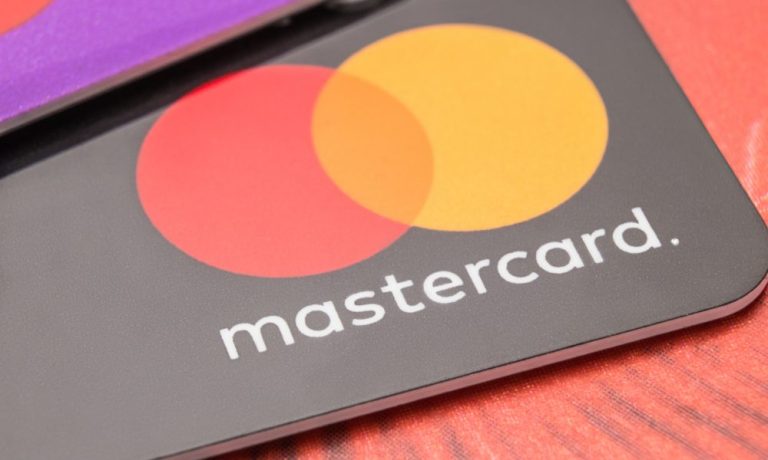The company said more than half of online shoppers save their card information across multiple sites, and noted that the average online checkout experience spans 10 minutes. The suite, which debuted this week, enhances the security of stored card credentials, boosts authentication efforts to reduce checkout error and reduces the time to checkout.
Token services will let consumers store card credentials with merchants without exposing account details, and those credentials are continuously updated upon expiration or replacement of those cards, said the company.
Jess Turner, executive vice president of digital payments and labs at Mastercard, told PYMNTS’ Karen Webster that, “on the tokenization side, we’ve been active on tokens for a very long time.” In general, tokenization offers “added security, higher approval rates and, on top of that, [lifecycle] management, [which] leads to a better consumer experience.”
Mastercard will work with Adyen, Digital River, Stripe, Square, Worldpay and its own eponymous gateway services to bring tokens to retailers. The company is also working with issuers, including Citi and Fifth Third Bank, to convert cards on file into tokens. Fraud-scoring efforts with Bank of America will help boost approval rates, said the firm.
Turner said that for issuers using the Mastercard Digital Enablement Service (MDES), “you can tokenize these cards for all of the use cases that come up in the future in an easy and fast way … our goal is to make sure that every card is token-ready — 100 percent of them.” She added that such an endeavor is not a far leap, as Mastercard had mass market adoption with its issuers.
Advertisement: Scroll to Continue
Later in the conversation, Turner told Webster, “There is no debate on tokenization on the retail side or the issuing side. It is about getting it prioritized and in scale. I think we are going to see it at a different level than we ever have before.”
Digital Commerce Umbrella
In reference to the other services being offered, under what Turner classified as an “umbrella of digital commerce solutions,” Mastercard said it is using biometrics and artificial intelligence (AI) to aid verification of consumers by merchants and issuers. Verification through Mastercard Identity Check lets those stakeholders support EMV 3-D Secure standards and increases transaction approval rates, while reducing false-positives. The technology will be rolled out next year, the company said.
Checkout will be done across a standardized experience, said Mastercard, that leverages the EMVCo Secure Remote Commerce (SRC) framework. Rollout of that solution will begin in the second half of next year, supported, too, by Mastercard’s Masterpass acceptance network, which is compatible with SRC. Building on SRC, Turner told Webster, builds in the flexibility of having several ways to pay — spanning cards on file, eWallets like Apple Pay and Google Pay, or what she noted can be a “frictionless checkout without [the merchant] taking in your number. This is what SRC does.”
In what Turner said is a case of “improving experience while providing the same level of consumer comfort,” the company is introducing new digital branding requirements, which mirror standards that are already extant in a physical retail environment. The digital branding requirements ensure consumers are aware that they are paying with a Mastercard credential during the checkout process, whether in-app, via browser, contactless, voice-enabled devices or a QR application. Turner said it is important for consumers to “see or hear the brand” as they transact.
Turner added that “when you think about bringing this all together, we have the tokenization service; we are working with the people who will scale the market; we are working with the issuers, the merchants, big PSP and big acquirers.” At the same time, Mastercard is making sure the user has an optimal experience, coupled with confidence, as they buy online.
Summing up the digital commerce suite, Turner said, “What we’re really looking at when we are prioritizing what we’re doing is: How are we making sure we’re giving consumer[s] choice on how they want to pay for things, giving them the user experience that’s required now and doing it safely.”




